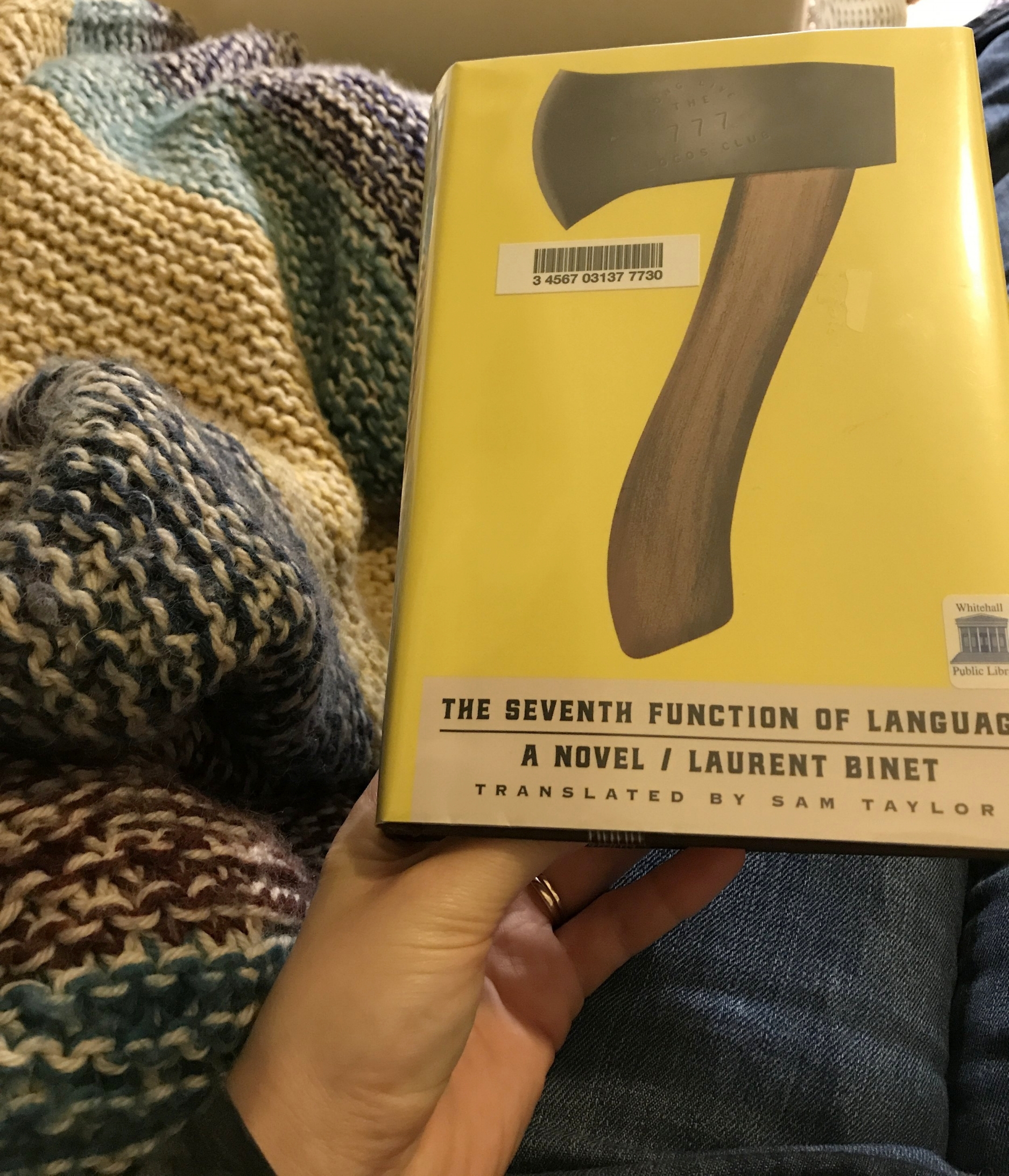I’m excited to announce the launch of a much-delayed, long-in-progress project. The Cornerstone is a podcast about Pittsburgh’s Jewish history. In season one, each episode focuses on a specific site in the city’s Hill District neighborhood and tells a story that illuminates Jewish migration, settlement, commercial activity, religious life, and communal organization between the mid-19th and mid-20th centuries. Each episode is accompanied by a StoryMap that re-tells the story using the rich archival materials of the Rauh Jewish History Program & Archives at the Senator John Heinz History Center.
My involvement in this project began in early 2018, when I reached out to Eric Lidji, the director of the Rauh, about possibly doing a StoryMaps workshop with the archive’s patrons. I had been working with the platform for my own research and loved how I could pull together maps, images, videos, and text to tell a story about the past that was grounded in place, transparent about archival sources, and vividly illustrated. Despite all this functionality, the interface was also user friendly and did not require too much technical expertise.
Eric quickly but kindly shot down the workshop idea, because he realized the platform was a solution to a different problem that he was having. Eric had already conceived of a podcast about Pittsburgh’s Jewish history and was writing a grant for the SteelTree Fund of the Jewish Federation of Greater Pittsburgh, but he was faced with the challenge of how to feature archival documents in an audio medium. StoryMaps was the perfect way to share the sources for each story with listeners – as well as a good way to steer readers who found the stories online towards the more sensorial and intimate podcast episodes.
We found out in March that the grant was funded, and after a period of brainstorming, trial, and error we began working on the podcast scripts and StoryMaps in earnest. By October, Eric had completed drafts of the first three episodes and I had completed rough drafts of the first two StoryMaps. We were on track to finish the first season by the end of the year – or so we thought.
The shooting at Tree of Life on October 27 upended Pittsburgh, but it particularly affected Eric. As the custodian of the city’s Jewish history, the responsibility fell to him to preserve the community’s response to the tragedy. For weeks, Eric gathered materials – programs from vigils and funerals, pieces of the altars that sprung up outside Tree of Life, song sheets and kriah ribbons from marches – and conducted oral histories with those whose lives were deeply affected by the shooting. Creating this brand-new archival collection (at a moment’s notice) took precedence over everything else.
We picked back up, slowly but surely, in the new year. I can’t speak for Eric, but for me the project of celebrating Pittsburgh’s long Jewish history felt especially meaningful in the wake of Tree of Life. Each of the five stories in season one describe a flourishing Jewish neighborhood in the Hill District. There was the Workman’s Circle and The Forward, Jewish merchants and their bank, a modern Hebrew school, multiple synagogues, and a YMHA. By the 1930s, this community had all but melted away as Squirrel Hill became Pittsburgh’s new Jewish hub--but many of the city’s Jews can trace their family’s history back to the Hill District.
I’m not from one of these families, but after eight years in Pittsburgh I do feel like I’m slowly becoming part of the community—and working on The Cornerstoneis a big reason why. The industriousness with which Jews built new institutions from the ground up in the 19thand early 20thcenturies is inspiring, and all the more so because many of them still exist. In fact, I’m privileged to workfor two of them: the Rauh and the Jewish Community Center (formerly known as the YM-YWHA).
I hope you will take a few minutes to subscribe to the podcast, download the episodes, and explore the StoryMaps. You can listen to the podcast and view the StoryMap separately, or enjoy them simultaneously. Whichever way you do it, I’d love to hear your thoughts and feedback. This first season had a long learning curve, but we are well on our way to completing the second season, which will focus on other neighborhoods in Pittsburgh with little-known Jewish histories.
I would be remiss to finish this without acknowledging and thanking Eric Lidji for being a thoughtful, patient collaborator and friend. Gratitude is also due to the SteelTree Fund of the Jewish Federation and to the Heinz History Center for their support. And finally, thanks to Shelly Parver Lenkner for sending me in the right direction at just the right time.










